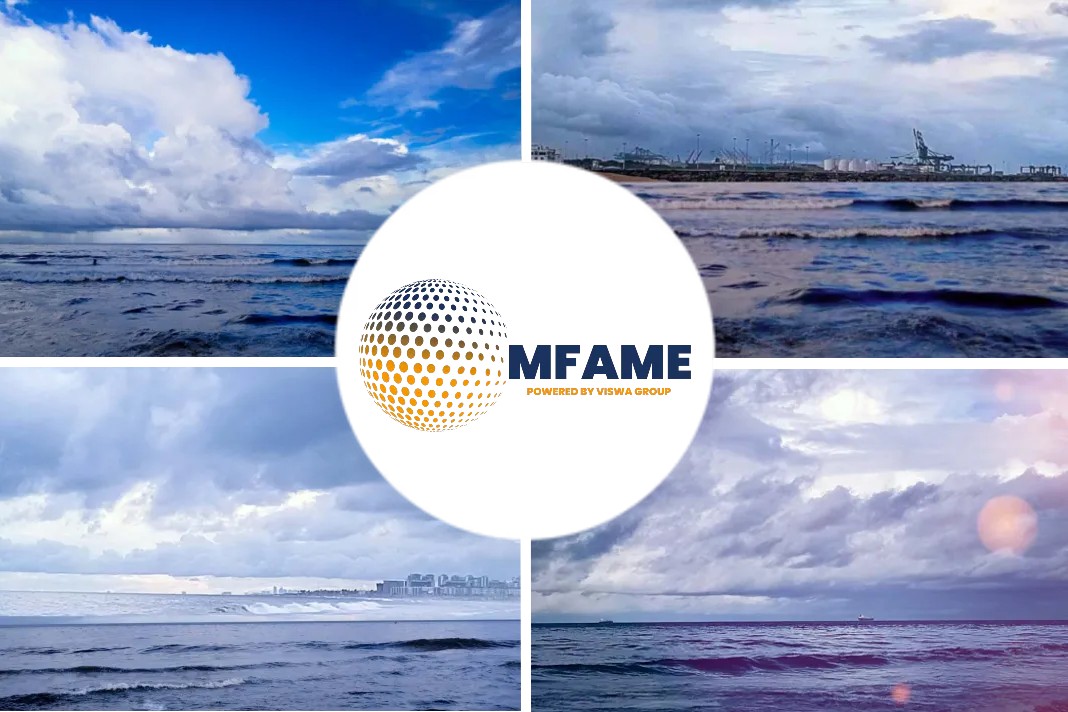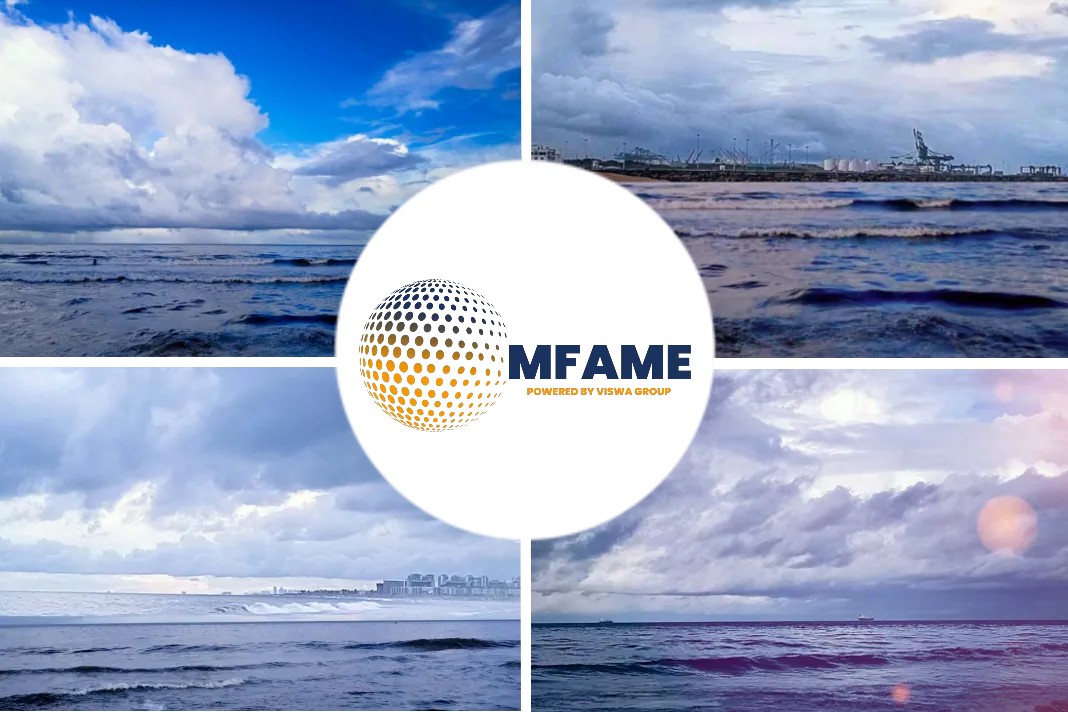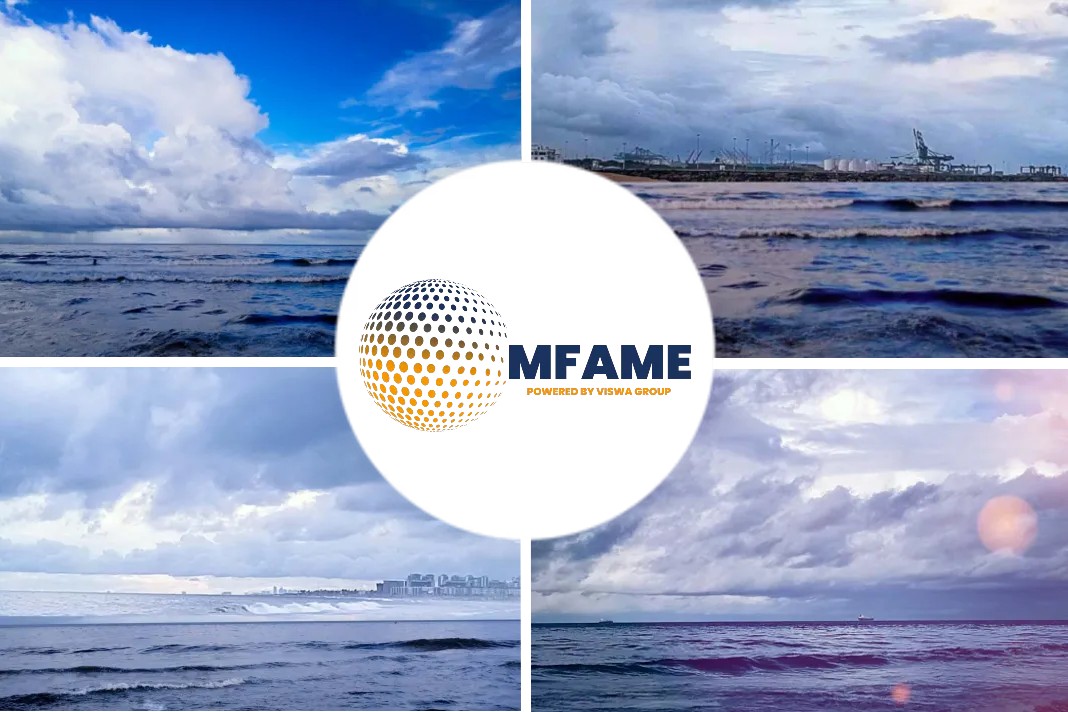- The Capesize 5TC opened the week at $2,542 to close at $2,797.
- The news of oil prices and stock markets crashing came as a caution for Panamax to start the week.
- Supramax proved to be firm for the Pacific Basin, predominantly driven by Indonesian coal stems, both into India, and China.
- The Handysize sector continued to make gains this week and led Baltic Handysize Index to record its biggest improvement since the beginning of the year.
The Baltic Briefing has released a report about the dry bulk market of the 11th week of shipping activities of this year. The report dated 13th March highlights the plight of the dry bulk market at the on-sight of the 11th week.
Capesize
The Capesize market started on Monday, with little expectation and confidence, that the days ahead were going to bring anything other than fallout from Coronavirus. While this was a relatively simple assessment to make, it was without comfort.
Business fallout
The magnitude of the fallout to come hammered business markets and civil society around the world, causing widespread fear. As previously mentioned, if the Capesize market wasn’t at precipitously low levels already, it would be on the speedboat there now.
- The Capesize 5TC opened the week at $2,542 to close at $2,797.
- Voyage rates were hugely affected after the oil crash on Monday, as bunker fuel was discounted heavily.
- West Australia to Qingdao dropped -.472 to settle the week out at $4.464.
- Meanwhile, the Brazil to China C3 market plunged down to settle at $10.535 from $11.84 earlier in the week.
- Iron ore continues to flow to China, with one source mentioning no significant disruptions to flow so far.
- While this may not account for all parties, it gives anticipation that the industry infrastructure sectors in China may return to their normal operational capacity sooner rather than later.
Panamax
The news of oil prices and stock markets crashing came as a caution while the week began.
Fuel recovery
Rates stabilised eventually, as market sentiment picked up with fuel recovering. However, by Thursday, negative sentiment underpinned the market, with many fixtures failing on subjects.
- Many ships in the Pacific that were focussed on the East Coast South America market were having to rethink their strategy.
- The number of vessels in ballast, built up, prompting a mark-down on rates, as well as global markets taking further hits.
- Period activity was sparse, but a nicely described 82,000dwt vessel achieved $13,250, plus a $14,500 ballast bonus for one option, one-year period.
- East Coast South America grains to the Far East tended to be most active over the week, with a mixture of Southeast Asia deliveries and delivery Arrival Pilot Station (APS), plus ballast bonus basis.
- An 85,000dwt ship, delivery Cai Mep, fixed at $12,750. An 81,000dwt ship agreed $14,500, plus $450,000 ballast bonus, for grain trips via East Coast South America to the Far East.
Supramax/Ultramax
The week proved to be firm for the Pacific Basin. It was predominantly driven by Indonesian coal stems, both into India, and China.
- The relevant S8 Indonesia-India and S10 Indonesia-China routes both posted gains of $1,412, and $1,289 on the week, to close at $5,575, and $6,089 respectively.
- Period interest remained strong, especially for well-described Ultramaxes, as charterers looked to take advantage of the prevailing macro-economic turmoil.
- The Atlantic continued to be patchy, with steady enquiry from the US Gulf and the Black Sea.
- At the same time, East Coast South America posted more modest improvements of $383, and $957 on the S5 East Coast South America-fronthaul, as well as the S9 East Coast South America-backhaul routes, as Panamaxes sought to compete.
Handysize
The Handysize sector continued to make gains this week, which led to the Baltic Handysize Index (BHSI) recording its biggest improvement since the beginning of the year. Higher rates have been reported from key markets, particularly in the Atlantic Basin.
Meanwhile, the Pacific market has remained active, with positive sentiment lending support. However, due to the Coronavirus it was also reported that some vessels, open in the Mediterranean, were failed on subjects, calling at Italy as the last port.
- A 39,000dwt ship, open Nemrut, was fixed at $7,250 for the first 50 days for a trip to the US Gulf and $9,500 thereafter.
- A 37,000dwt vessel, delivery Hamburg, was fixed for a trip to China at $14,000.
- From the US Gulf, brokers reported a tight tonnage list, with a 34,000dwt ship fixed at $13,000 from the Gulf to East Coast Mexico with grains.
- In the Indian Ocean, a 32,000dwt vessel was fixed basis Salalah, for a trip to Indonesia at $6,800.
- Lastly on the period front, a 32,000dwt ship, open Amsterdam, was fixed at $9,000 for between five to seven months, with redelivery in the Atlantic.
Did you subscribe to our daily newsletter?
It’s Free! Click here to Subscribe!
Source: Baltic Briefing





















